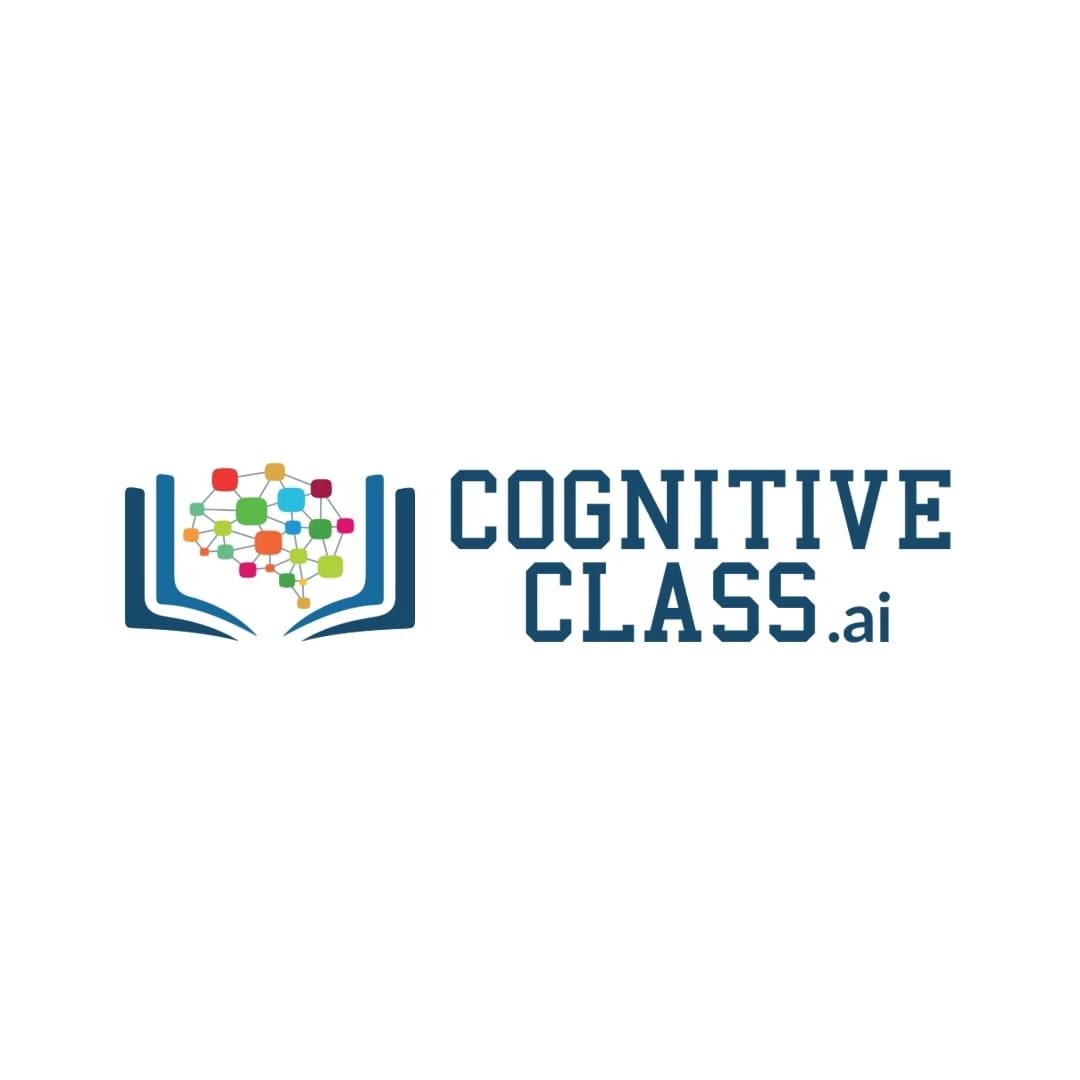Serverless Computing using Cloud Functions – Developer I
Learn serverless computing with Cloud Functions. Build and deploy scalable, event-driven applications without managing infrastructure.
At a Glance
This course is designed to teach you serverless computing essentials which include how to develop serverless applications composed of loosely-coupled, microservice-like functions.
This course is designed to teach you serverless computing essentials which include how to develop serverless applications composed of loosely-coupled, microservice-like functions. You will get the opportunity to learn more about serverless programming and deployment models as well as its top use cases and design patterns. Additionally, you will be guided through several labs that demonstrate how to implement essential concepts including how to create, deploy, and invoke cloud-based functions, connect them to event sources for automation and expose them as web-accessible endpoints and APIs.
LEARNING OBJECTIVES
After you complete this course, you will be able to:
- Comprehend how serverless computing works and ways it can be used in cloud applications
- Distinguish use cases and patterns compatible with Serverless
- Create and manage serverless functions using the IBM Cloud Functions platform
- Use packages to organize your functions and create reusable building blocks
- Automate your functions using alarm events
- Expose functions as to the web accessible endpoints and as APIs that return different content types
- Navigate the web user interface to perform similar tasks that mirror CLI commands
Course Syllabus
Module 1 – Serverless essentials
How serverless is simplifying the Ops landscape for developers
Understand the basic serverless programming model and semantics of IBM Cloud Functions
Differentiate a Function-as-a-Service FaaS from a Container-as-a-Service CaaS
Top use cases for serverless
How IBM Cloud Functions implements serverless
Module 2 – Create and invoke actions lab
Install lab prerequisites
Create and invoke actions
Use action parameters
Retrieve action logs
Asynchronous actions
Practice action sequences
Module 3 – Manage actions with packages lab
Use packaged actions
Create your own packages
Module 4 – Connect actions to event sources lab
Understand the concepts
Create triggers
Practice rules
Connect trigger feeds
Module 5 – Expose APIs from actions lab
Understand the concepts
Create web-enabled actions
API management of web actions
Module 6 – Use the Web User Interface Web UI
create and invoke an action
create triggers with implicit rules
expose web actions
create an API
explore the monitoring dashboard
General Information
It is self-paced.
It can be taken at any time.
RECOMMENDED SKILLS PRIOR TO TAKING THIS COURSE
Basic understanding of Cloud Computing the concept. It is also helpful if you know Javascript, but not required










There are no reviews yet.